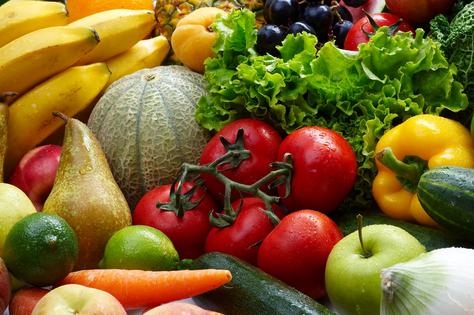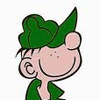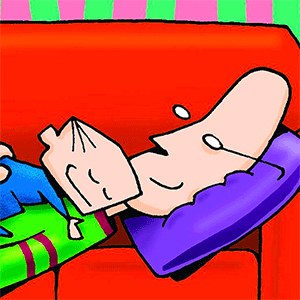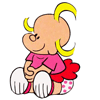Environmental Nutrition: A no-nonsense guide to clean eating
Have you jumped on the clean eating trend? Another example of "everything old is new again," the concept of clean eating has gained popularity over the last several years in books, blogs and magazines, but it also has roots in the counterculture/natural foods movement of the 1960s. At that time, the main concern was pesticides, but that has expanded to include artificial colors and preservatives, growth hormones, antibiotics and GMOs.
"The foundation of clean eating is choosing whole foods and foods in their less processed states, foods that are closest to how they come in nature," says Michelle Dudash, R,D,N,, author of "Clean Eating for Busy Families." In other words, eating food that looks like real food, choosing from vegetables, fruits, whole grains, pulses (beans, lentils and peas), dairy, nuts and seeds, and quality animal and plant proteins.
"Whole foods don't contain added sugar or salt. Whole foods don't contain processed fats, and the amounts of trans fats they contain are extremely minimal and come naturally from dairy and animal sources. With clean eating there's an emphasis on in-season foods that are less traveled. Choosing fruits, vegetables and seafood that is in season when possible is going to give you a greater range of nutrients," says Dudash.
"The USDA Dietary Guidelines are considered a healthy diet, but I take it further," says Dudash. For example, she recommends eating all of your grains in their whole form instead of just half of them, as the Dietary Guidelines suggest.
Inclusion, not exclusion
Many clean eating plans eliminate gluten, dairy and soy, but not all people have trouble digesting gluten, and less-processed forms of dairy and soy are part of traditional healthful diets. Eating clean should not unnecessarily limit your food options. If anything, when you embrace eating more whole, minimally processed foods, your food world should expand.
"I encourage people to focus on the foods to get more of," Dudash says. "If you want to eat clean you don't necessarily have to eat vegan or cut out entire groups. Within each food group there are clean eating options." These options can even include some processed foods, because, as Dudash points out, foods are on a continuum of processing, and many foods have undergone at least minimal processing. "Using packaged food when you do it right can save you time and fill in nutritional gaps," explains Dudash. For example, wheat berries might be a better choice than whole grain pasta, but if pasta helps you get a wholesome meal on the table, then go for it.
It's hard to argue with eating more whole foods, but can clean eating go too far? "I think with any regime you can take it too far," says Dudash. "Anytime you have a fear of food due to the ingredients it contains, that's not a good thing. When there's fear, that's getting to an unhealthy place."
Here are some top tips for "cleaning up" your diet:
...continued







